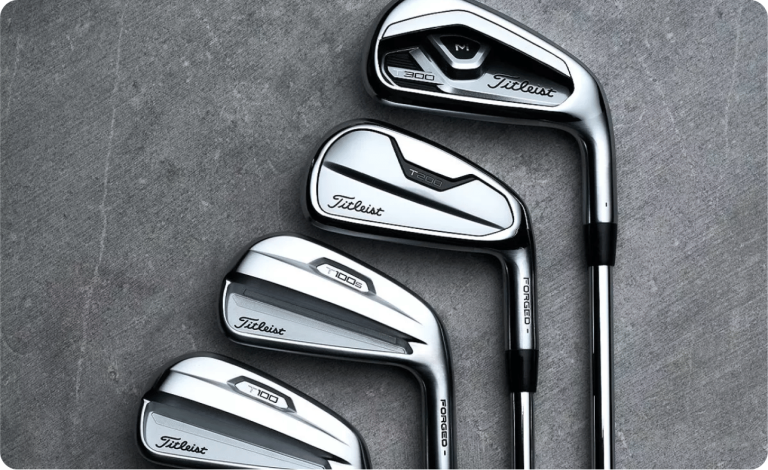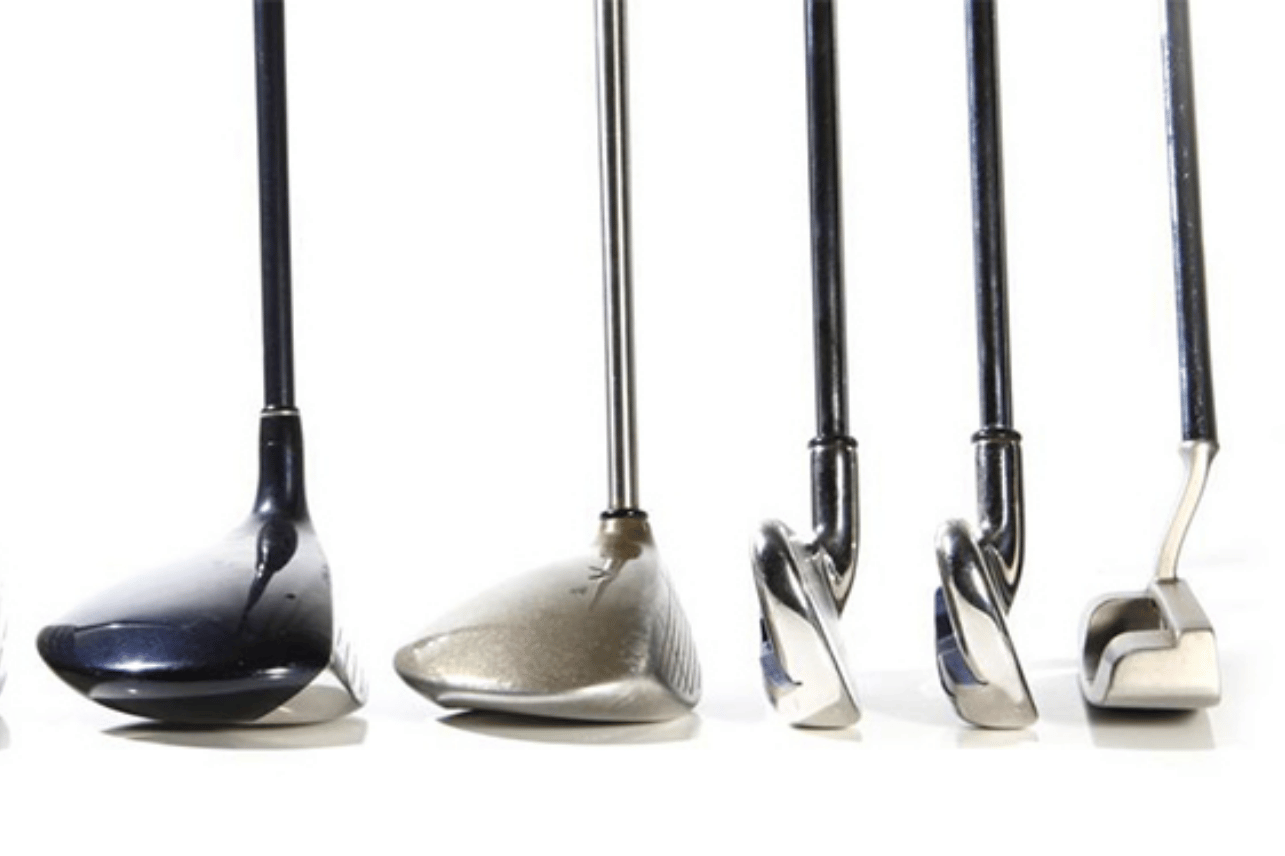Golf Club Selection Guide: How to Choose the Right Clubs for Your Game
Selecting the right golf clubs is crucial for improving your game and enjoying your time on the course. Whether you’re a beginner or an experienced golfer, having the right set of clubs can make a significant difference in your performance. This guide will help you understand how to choose the right golf clubs based on your skill level, playing style, and personal preferences.
1. Understand the Different Types of Golf Clubs
A typical golf bag contains different types of clubs, each designed for specific shots and distances. Here are the main types:
- Drivers – Used for long-distance shots off the tee, typically the longest club in the bag.
- Fairway Woods – Ideal for long shots from the fairway or rough, offering more control than a driver.
- Hybrids – A mix between irons and fairway woods, providing versatility and ease of use.
- Irons (3-9) – Used for a variety of shots, from fairway approaches to shorter precision shots.
- Wedges – Include pitching, sand, gap, and lob wedges for short-game shots around the green.
- Putters – Designed for rolling the ball smoothly on the green into the hole.
2. Consider Your Skill Level
Your experience level plays a significant role in determining which clubs are best suited for you.
- Beginners: Opt for game-improvement clubs with larger sweet spots, cavity-back irons, and hybrids instead of long irons.
- Intermediate Players: Consider a mix of game-improvement and players’ clubs, depending on your strengths and weaknesses.
- Advanced Players: Use muscle-back irons and high-performance clubs that allow greater shot-shaping control.
3. Choose the Right Shaft
The shaft of the club affects swing speed, accuracy, and overall performance. Key factors include:
- Material: Graphite shafts are lighter and provide more swing speed, ideal for beginners and seniors. Steel shafts offer better control and durability.
- Flex: Available in extra stiff, stiff, regular, senior, and ladies. Your swing speed determines the appropriate flex; slower swings benefit from more flexible shafts, while faster swings require stiffer shafts.
4. Determine the Proper Club Length
Club length is based on your height and arm length. Taller golfers may need longer shafts, while shorter golfers may benefit from a custom-fitted set.
5. Consider Clubhead Design
The shape and size of the clubhead impact forgiveness and performance.
- Large Clubheads: Offer more forgiveness, making them ideal for beginners.
- Smaller Clubheads: Provide greater control for experienced players.
6. Get a Custom Fitting
A professional club fitting helps determine the optimal clubs for your swing, improving consistency and confidence on the course.
7. Test Before You Buy
Many golf shops and driving ranges offer demo clubs. Testing different brands and models helps ensure the right fit for your game.

Examples of Golf Club Sets
Here are some great options depending on your skill level:
- Beginner: Callaway Strata Complete Set, Wilson Profile SGI Set
- Intermediate: TaylorMade SIM2 Max Irons, Ping G425 Irons
- Advanced: Titleist T100 Irons, Mizuno JPX921 Tour Irons

Conclusion
Choosing the right golf clubs can enhance your game and enjoyment on the course. By understanding the types of clubs, considering your skill level, and getting properly fitted, you’ll be well on your way to improving your performance. Happy golfing!






